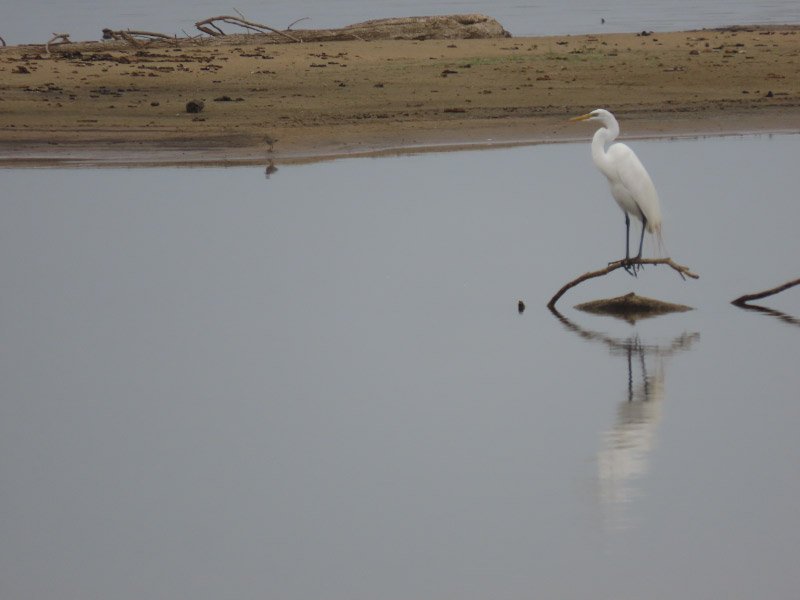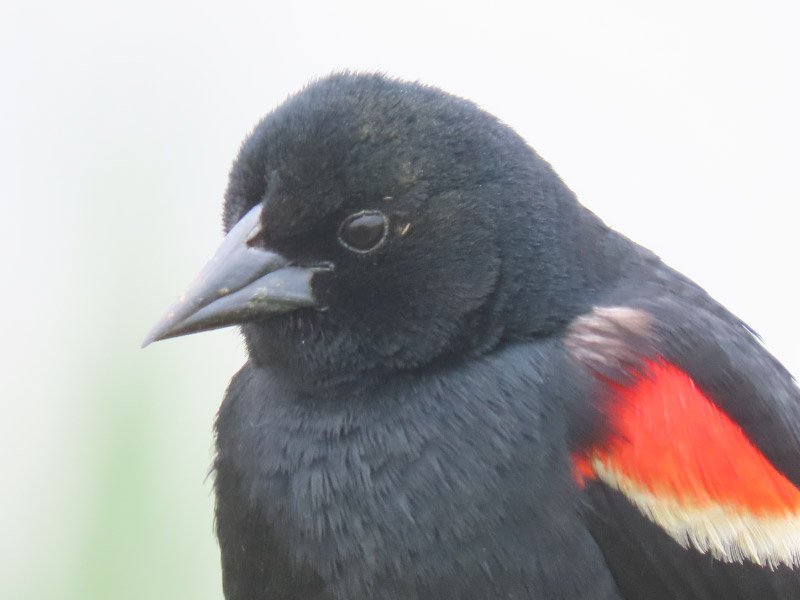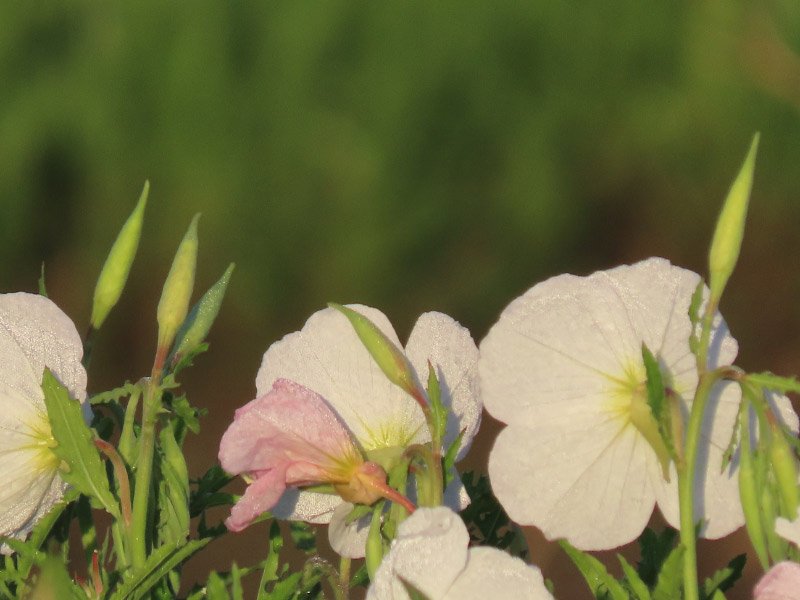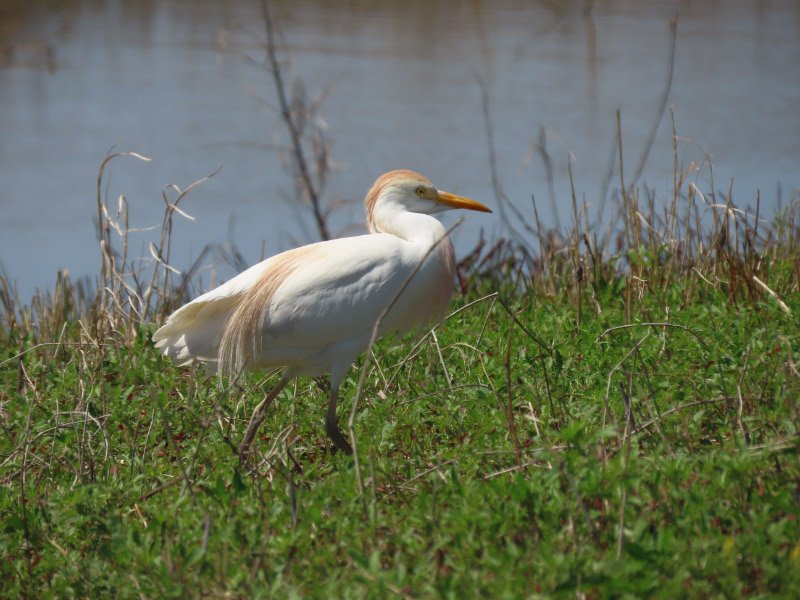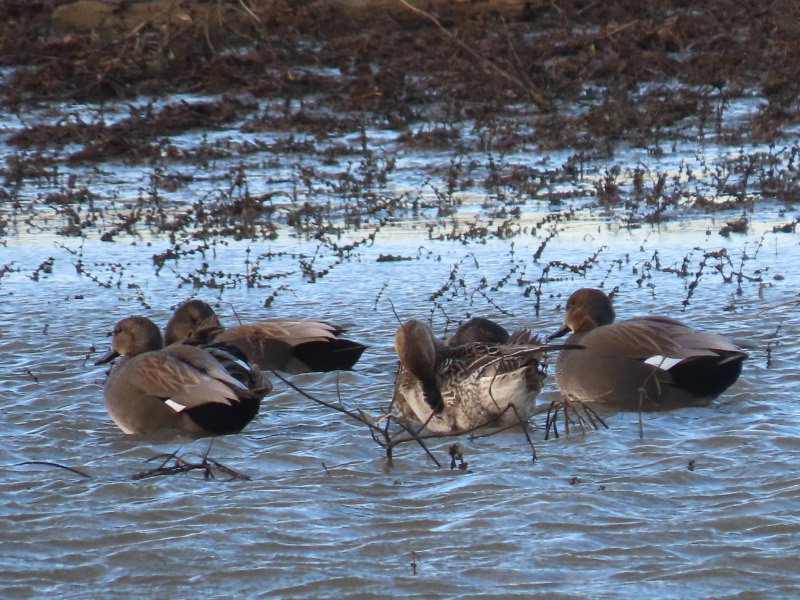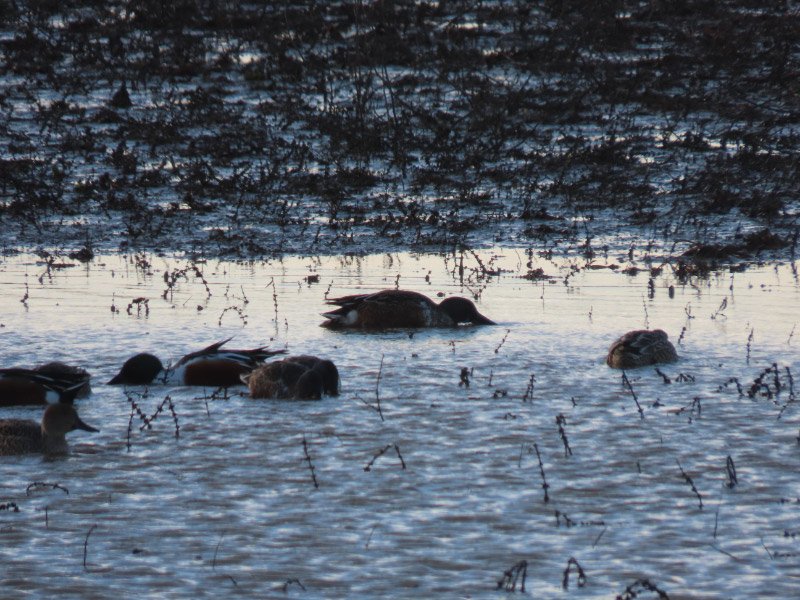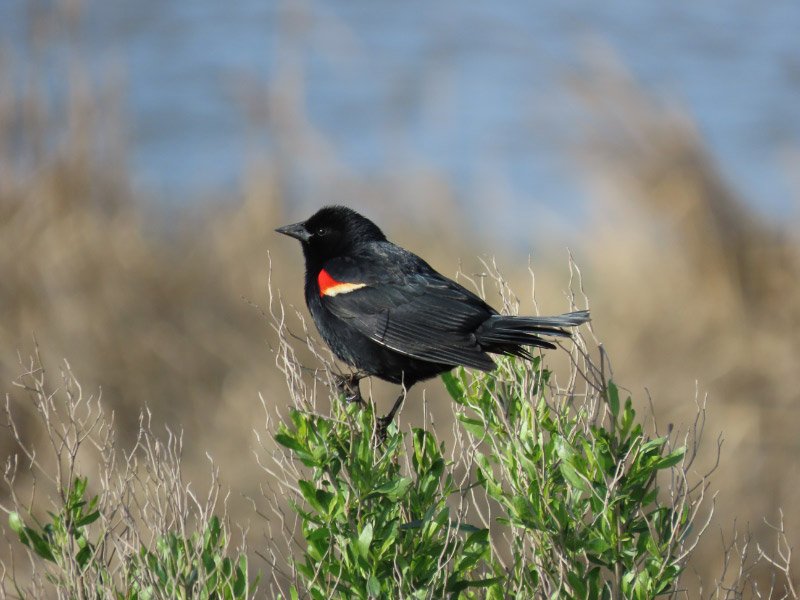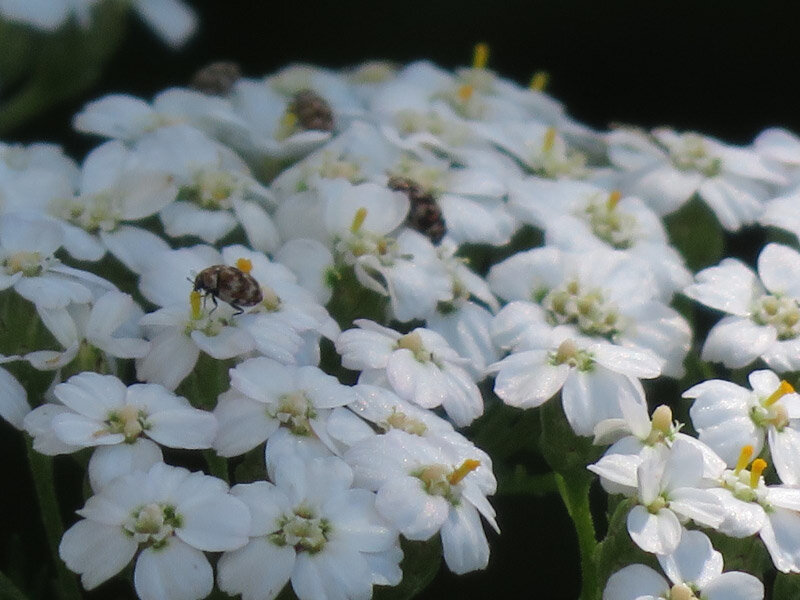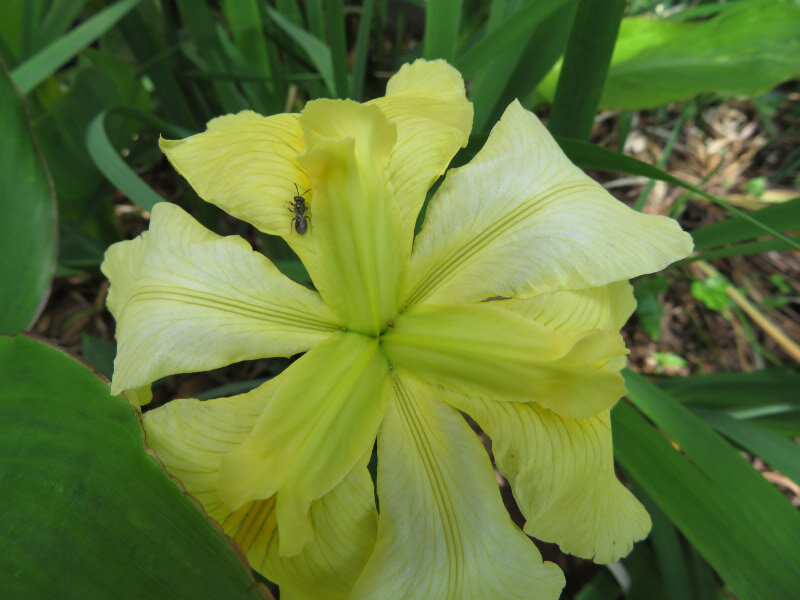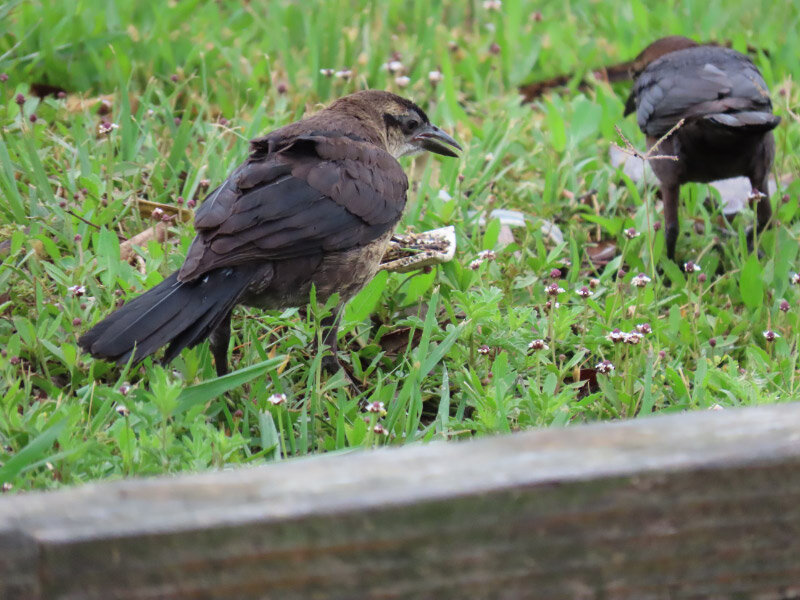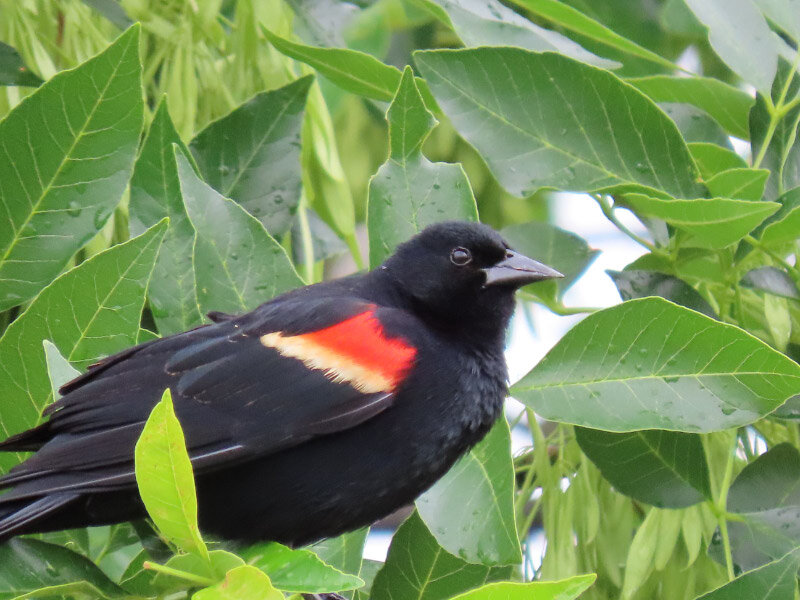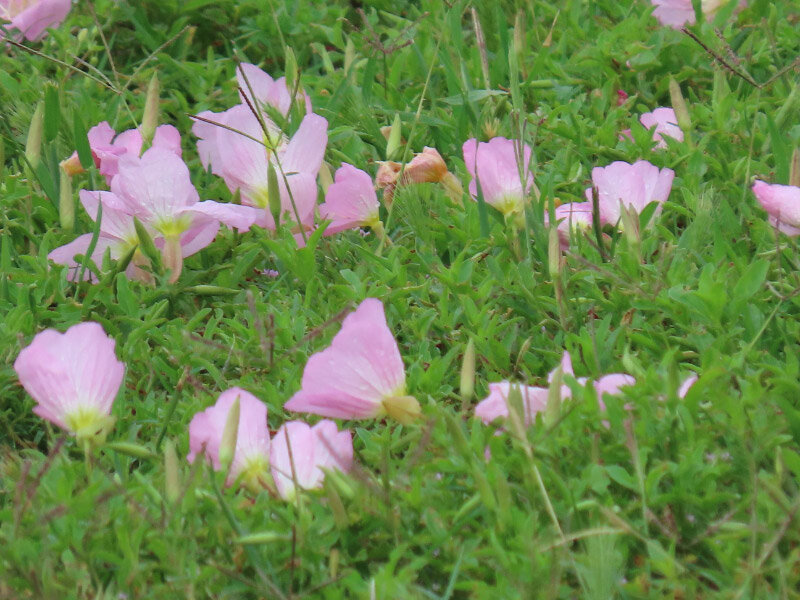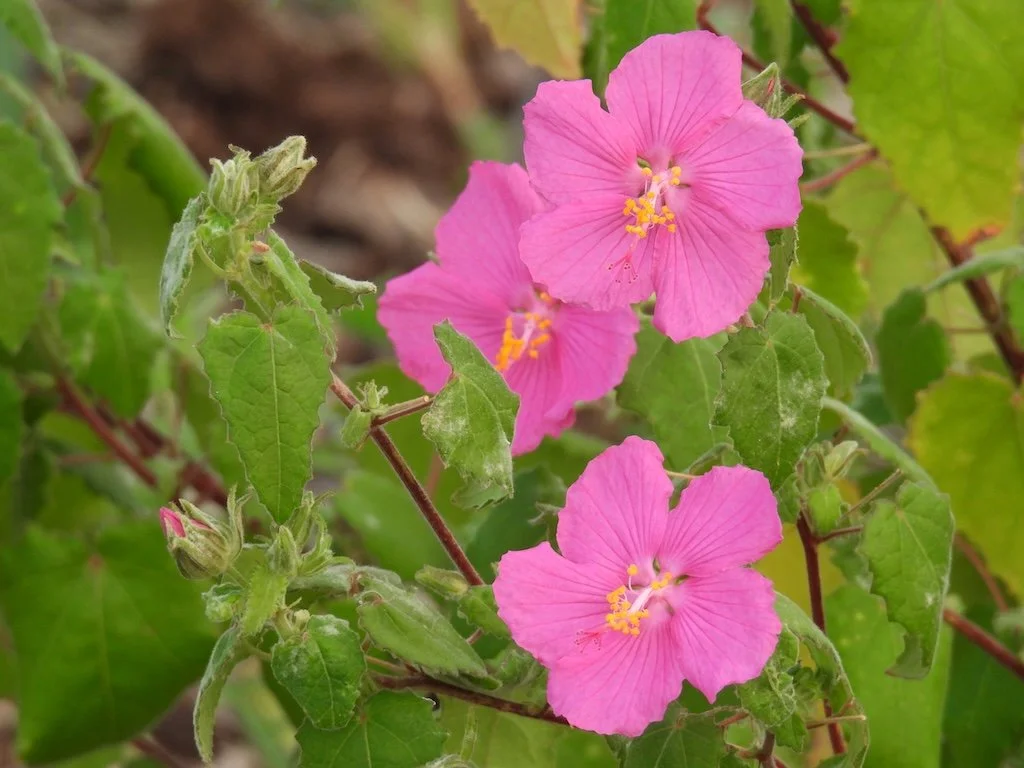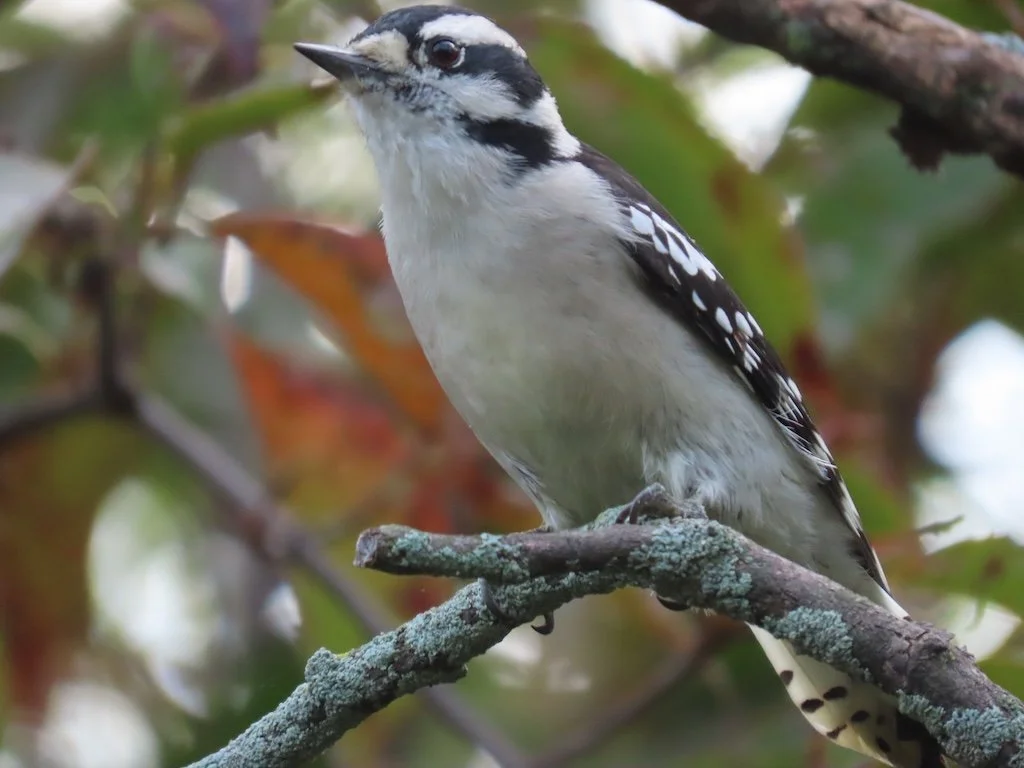Our Missouri Neighborhood – June 2025
/I walked around our neighborhood in early June and noticed juvenile robins and territorial male red-winged blackbirds. The grackles were making the most noise; there seem to be more of them around this year.
The moss on the side of the channel down to our storm water ponds is thicker than I remembered; May was much wetter than average this year and the moss is probably responding to that increase in moisture.
The turtles were sunning on the edge of the pond. I photographed them from across the water. By the time I was on the same side, there was only one left on the shore. They are very quick to slip into the water at the slightest disturbance.
I didn’t see any ducks or geese or herons. There were quite a few people out already, so perhaps they had left for more remote ponds if they had been around earlier.

























































































































































































































